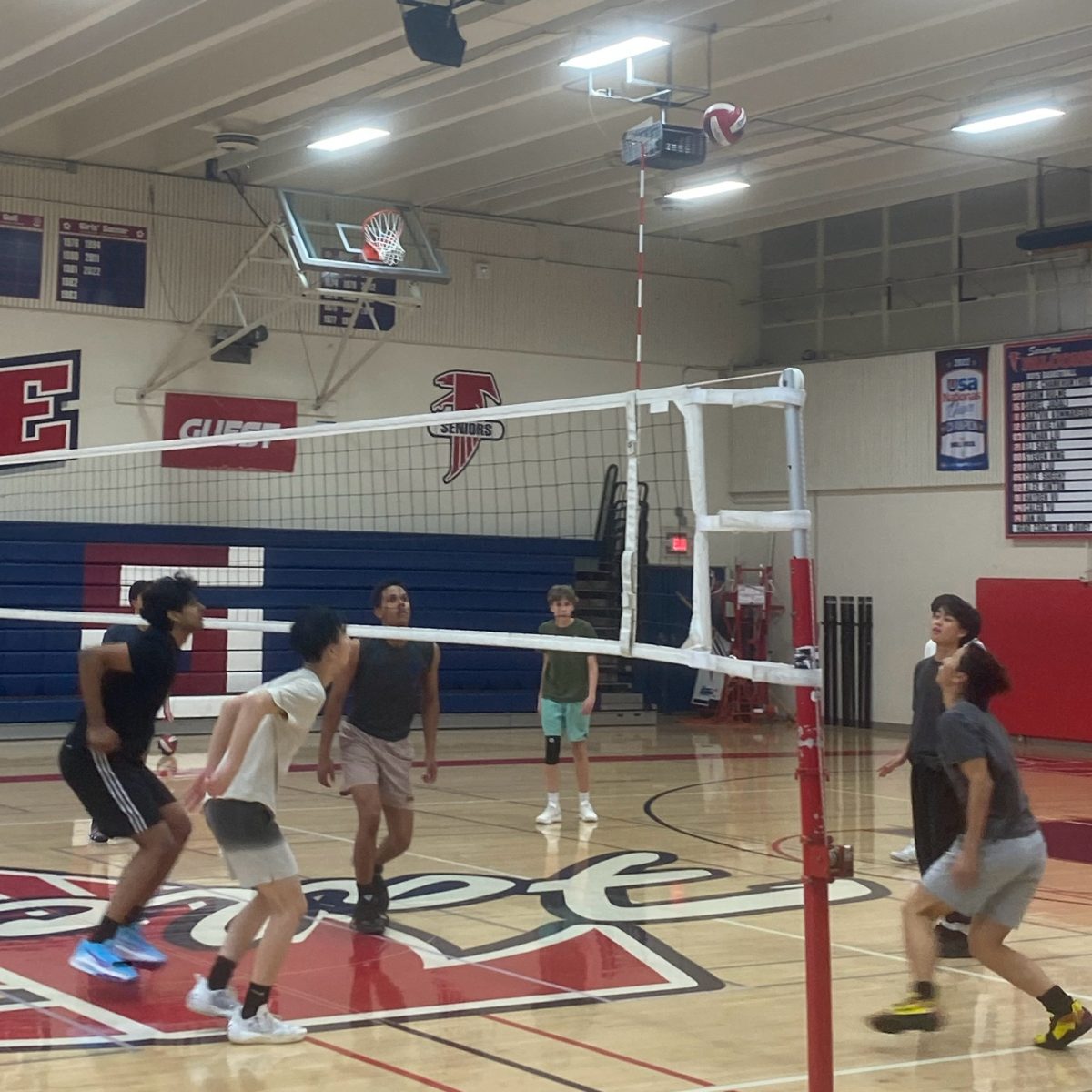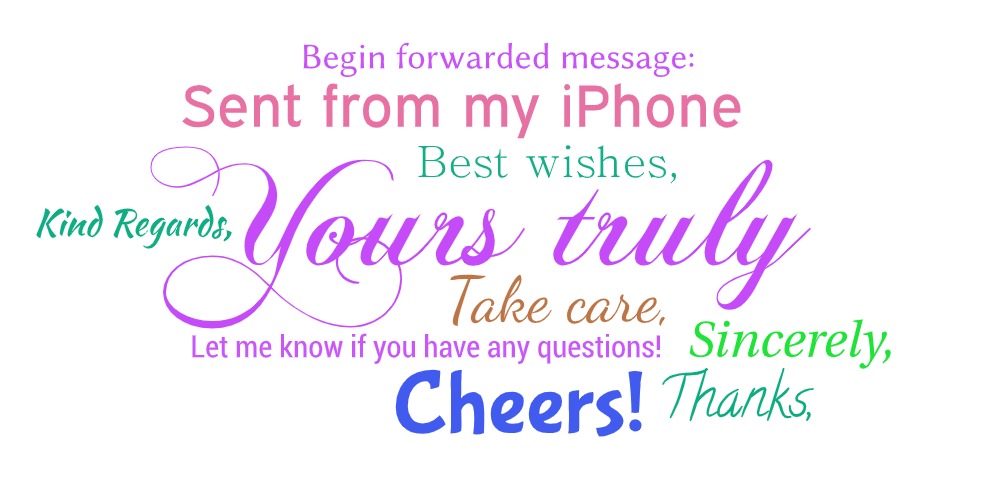In a world where participating in class requires the intimidating task of unmuting on Zoom, many students are understandably hesitant to contribute their thoughts in front of their peers.
Nevertheless, participation seems to be one of the most important factors in determining grades this year, even for traditional lecture-based courses such as math and science. Rather than the typical heavy-weighted test and quiz category, the majority of grade weighting often rests on participation. Whether it is how much a student shares their ideas in a Socratic Seminar or talks the class through a textbook problem in calculus, teachers are far more attentive to how much their students are involved in their class than in a traditional classroom.
While it is understandable that many teachers believe heavily weighted tests are not suitable for virtual learning, increasing the importance of participation is also not an effective solution. Instead, teachers can measure students’ abilities in a variety of areas through more frequent group project assignments.
Through projects, students are required to participate with their group members and share ideas. If a student doesn’t carry their weight, peer evaluations make it easy for teachers to evaluate participation. For students who fall short with their contributions, they will see it reflected in their overall grade and thus improve their performance for future projects. It is also practically impossible to cheat on projects; this is because they demand creativity and do not have a single “right” answer.
Instead of mustering the courage to unmute in a class of 30 people, smaller group projects allow students to feel more comfortable and encouraged to speak with each other.
Although meeting in-person remains a challenge for group projects, organizing meetings via Zoom maintains an interactive setting while also allowing students more flexibility for meeting times. For example, students can virtually meet at 10 p.m. on a Wednesday night from their own houses and still have the opportunity to collaborate on a shared project.
Projects also reduce the pressure students put on themselves for exams. While many teachers have reduced the weighting of tests in online mode, others have maintained the significance that tests play in their students’ overall grades. But logging onto a test that is worth 80 percent of a student’s grade while sitting at a bedroom desk does not encourage success. Allocating more weight on projects would be a much needed sense of relief for students, especially those who already suffer from crippling test anxiety.
Projects allow students to work on their own time, while still being required to meet deadlines and show masters of key skills and knowledge. They are allowed the opportunity to reflect on what they have learned to produce a final product that encompasses quality and effort. Rather than tests that often result in a scribble of rushed work to ultimately find a final answer, projects focus on the process to reach the final step.
In a time where students spend most of their days alone, staring into the harsh light of their laptop, group projects are a much-needed opportunity for students to collaborate with their peers. Beyond demanding an intense delving into the class’s material, projects also require students to practice their communication and collaboration skills.
Earning straight A’s through acing quizzes and tests or being the most outspoken participant in a group discussion deserves recognition, but these grade categories only cater to a certain type of student. Others may flourish in a smaller group project environments where they are allowed time to put care into their work and absorb the taught material. Whether it is taking the role of the leader, researcher or artist, projects allow for a more well-rounded education that allow every student a chance for success.


























